The word linen seems to have been out of our lives for a long time. Among many textile fibers, hemp fiber is the most potential natural fiber. Hemp fiber has always been one of the important textile fibers in my country. It has good moisture absorption, moisture dispersion and breathability functions, is light in texture, has less static electricity, is not easy to pollute the fabric, and is suitable for the excretion and secretion of human skin.
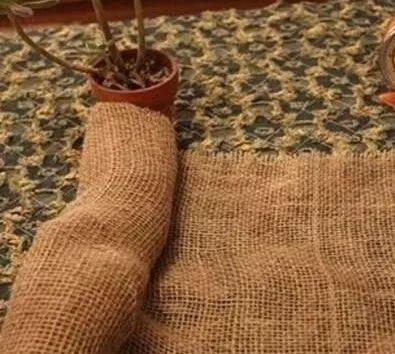
In fact, linen can be seen everywhere in modern people’s lives, including various styles of linen clothing, linen shoes, and linen bags. In addition to these, people who understand life will match some linen decorative items with modern-style home decoration. A nostalgic and retro feeling will make people involuntarily slow down and enjoy life. Hemp is made from natural materials, which can bring people closer to nature. With plant fiber and the breath of sunshine, a comfortable life begins.
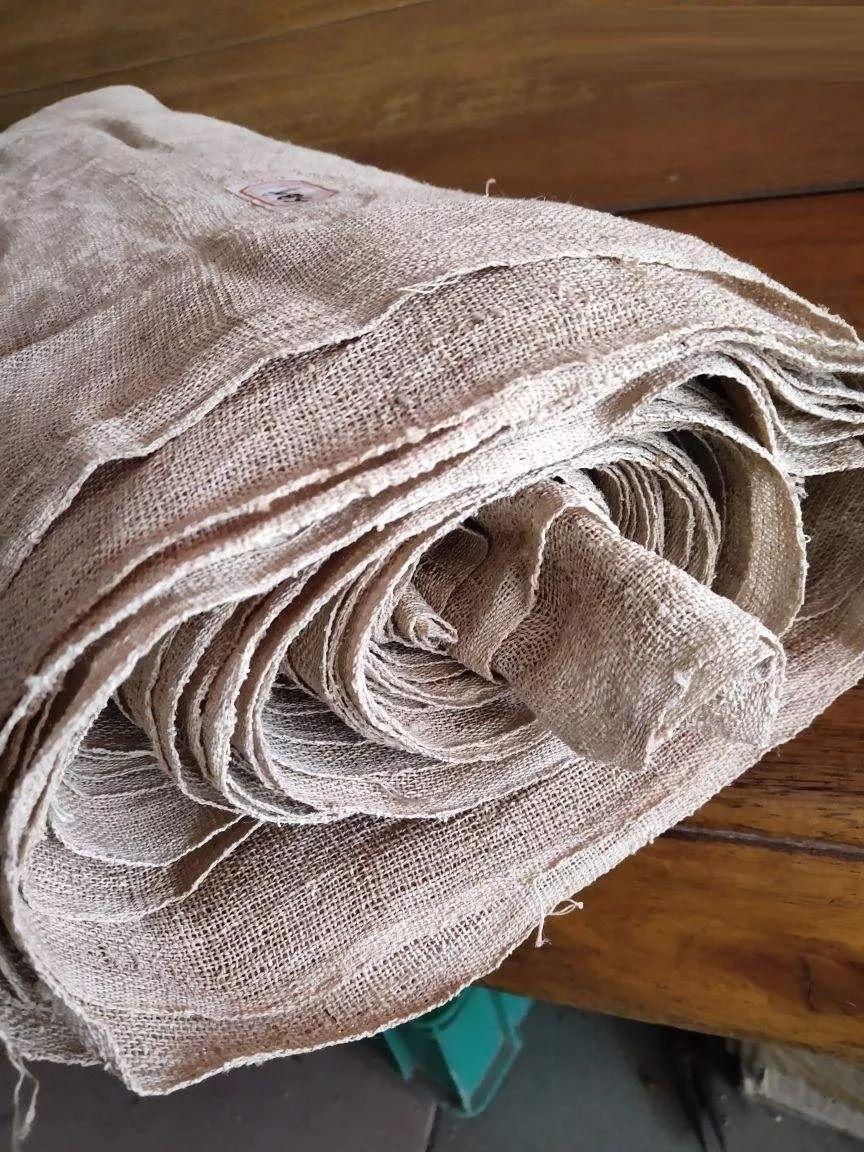
There are many types of linen, including burlap, fine linen, cotton and linen, etc. The raw materials of linen cloth are very rich, including flax, ramie, jute, sisal, abaca, etc. The cloths woven from different types of hemp are also different. There are many “traces” about hemp in Min County, Gansu Province. People in Min County love to weave linen cloth, and Min County linen cloth making skills have been included in the intangible cultural heritage protection list of Gansu Province. Today, the editor will show you how we Minxian people weave linen!
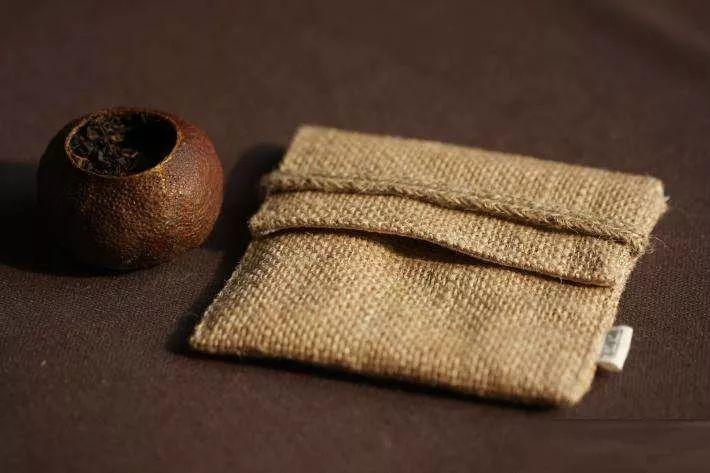
After removing the seeds from mature flax, the branches and trunks are the raw materials for linen cloth. To twist the hemp thread, you must first cook the hemp. There are two ways to cook the hemp: one is to soak the hemp in a pre-dug retting pond for a month; the other is to lay it directly on the ground, let the rain soak it, and then dry it naturally. , after repeated for many days, the hemp stalk will be “cooked”. The second step is called “breaking hemp”, which is to dry the cooked hemp stalks and beat them with a mallet. This will separate the hemp fibers from the hemp stalks, and then comb them with a wooden comb, and tie the combed hemp fibers together. Arrange handfuls for later use.
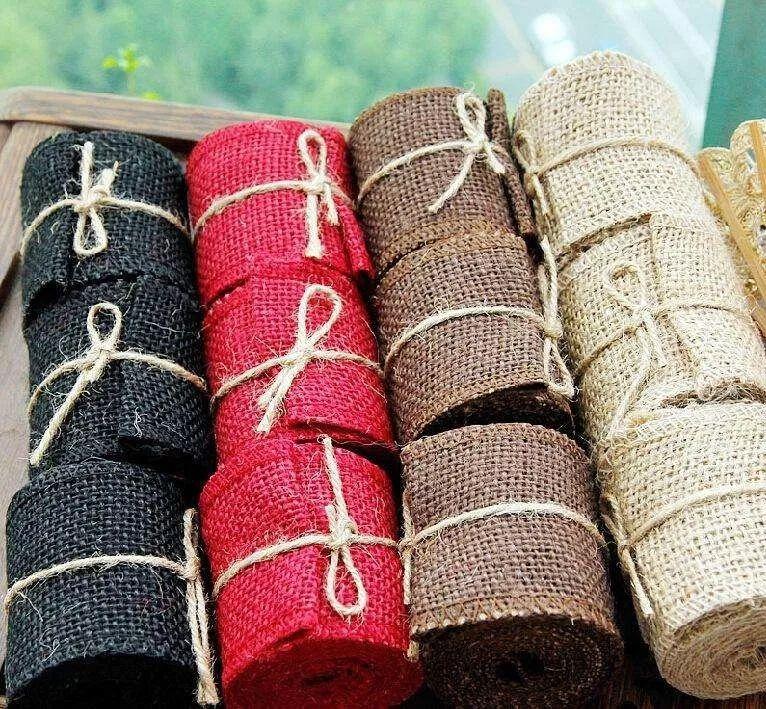
The next step is to twist the thread. There are two ways to twist the thread: one is to twist the thread with a wire pole. This method is simple to operate. It is a small bamboo stick with a log top set underneath. The bamboo stick Just put a small wire hook on top to hang the thread. Another method is to use a spinning wheel to spin thread. The spinning wheel has a complex structure and is large in size. It can only be operated fixedly at home. However, spinning thread on a spinning wheel is much faster than twisting thread on a pole, so people who specialize in “selling work” must prepare one or more. A spinning wheel.

The twisted twine is coiled into sticks, tied into small handfuls, and then beaten with a mallet on stones in the river to clean them. After washing, they are dried in the sun and wound into thread balls. The main processes of weaving linen include: pulling the warp threads to make “crossing”. When making love, do it in the yard or a relatively open place. First determine the number of warp threads based on the fineness of the linen weaving. When pulling threads and interlacing, you need to prepare a dozen devices (usually basins, sieves, etc.) for holding the thread balls, one device for each thread ball, and then pull the thread end back and forth to wind the thread, making the intersection at one end and fixing the other end until the number of warp threads is enough. .
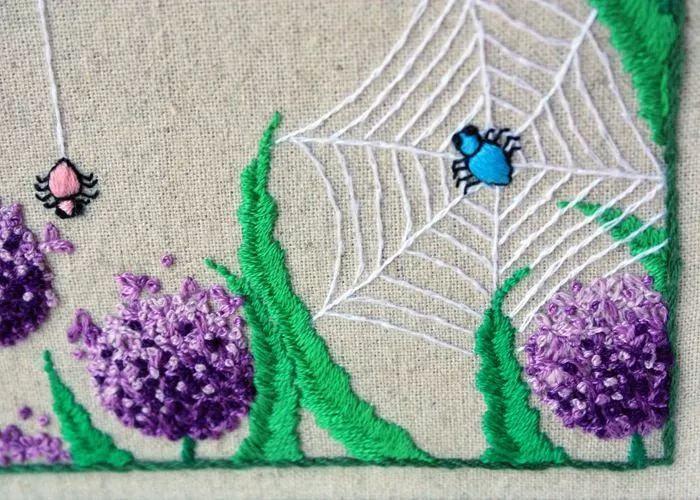
The warp passes through the chaff. Thread the intersecting warp threads one by one on the rice bran with a “Shi Dao Daoer” (a small knife made of bamboo with a notch on the blade, used for pulling the thread), and then put the thread on the rack. This process is to fix the threaded food bran on the antlers of the linen frame, fix the other end with a pulling thread and straighten it, place a bench in the middle, and then rinse the thread with paste. When rinsing the thread, the movements should be stretched, the hands should cooperate smoothly, and the rinsing should be even. The rinsed twine should look bright and smooth. After rinsing for a certain distance, wrap a section around the antlers until all the rinsing is completed.
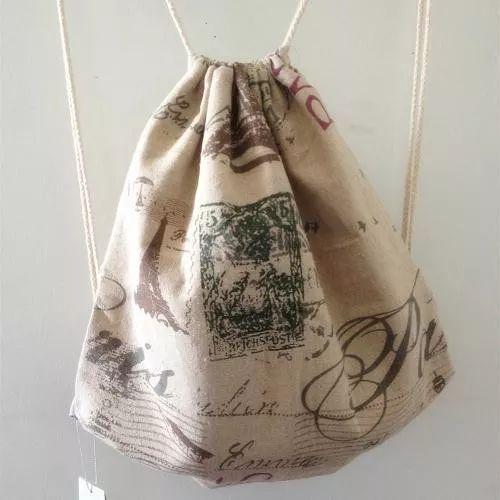
Weaving linen. The rinsed hemp thread should be beaten and wrapped on the deer antlers before weaving the linen cloth. When winding the hemp thread, use a wooden stick to beat it neatly and solidly. Then fix the thread end at one end and start threading the thread. The thread is replaced with cotton thread. Pull a tension thread every other warp thread so that when weaving linen, you can lift the warp threads up and down to cross, and the weft threads can also move back and forth. Generally, a skilled linen craftsman can weave seven to eight feet of linen in a day, while a slow hand can weave less.
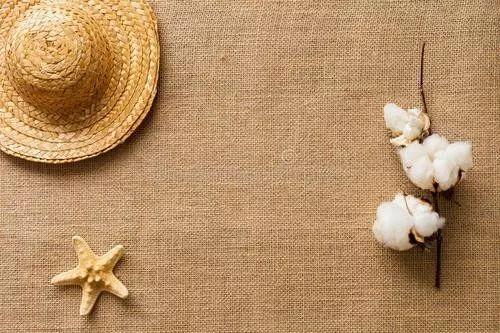
The woven linen is mainly used to make linen clothes, linen pants, linen pockets, linen tents, linen waistcoats, linen shoes, etc. Hey, friends, now you understand, slow time is originally made of linen.






